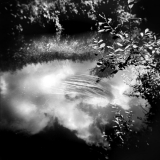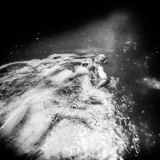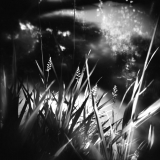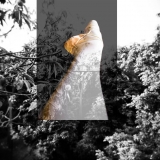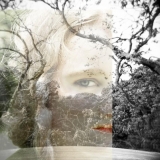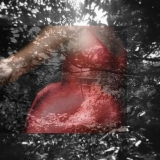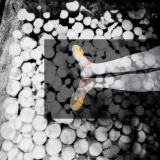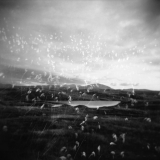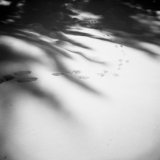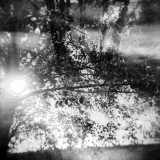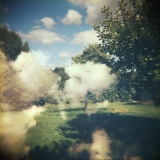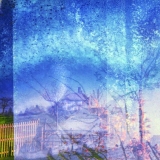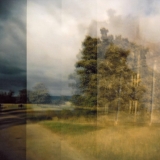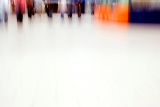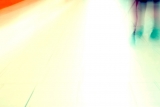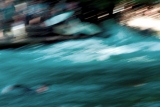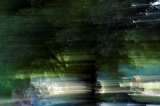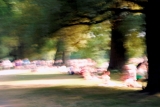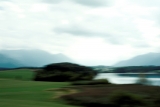Works
Steffi Pusch / Käthe deKoe: A Land is a Scape is a Soul
Steffi Pusch (born 1965) from East Essex, United Kingdom and Käthe deKoe (born 1984) from Munich address landscape photography through their varying positions. A selection of 13 images from Pusch’s four series titled “The Swimmer,” “The Open Sky Above,” “In The Gap Between Thoughts,” and “Rural England” are opposite deKoe’s six shots of Munich and its vicinity. What they have in common is that both artists ask the viewer for an emotional interpretation, in which the viewer is invited upon a voyage of discovery based upon their own completely personal views on city, nature, and landscape.
10 March 2016 – 30 April 2016
On 10 February beginning at 7 pm all are invited to the opening reception at the gallery. The artists will be present.
The following works are presented in the show:
Pusch / deKoe: A Land is a Scape is a Soul
Even before the time of Rousseau’s natural philosophy and Goethe’s famous trip to Italy, the perception and representation of landscapes are occasions for describing liberated emotions and the projection of ideal imagery. At least since the beginning of modern times, these landscapes reflect longings and utopian life plans, inner freedom and a departure into the realm of the paradisiac, as well as concepts in romanticism such as the entrustment of the self in the omnipotence of inspired nature. The joint exhibition of photographic works by Steffi Pusch and Käthe deKoe is, as the show’s title “A Land is a Scape is a Soul” evokes, aware of this traditional lineage, as both positions invite viewers to emotionally reenact its landscapes through a journey of discovery into very personal views of their perspectives on urban space, nature, and landscape.
Steffi Pusch (born 1965), who moved in 2008 from Cologne to East Sussex, United Kingdom, is represented by a selection of works from four series. “The Swimmer” (2012) sensitively illustrates a short story written by SJ Butler and was produced into a lavish art book. “The Open Sky Above” (2014/15) is the visualization of the intense lingering effects of a dream in which the artist hangs upside down from a tree trunk, as she tries to reach for solid ground under her feet. Metaphorically, it depicts her escape from the GDR and the rejection of a supposedly safe, but totally isolated societal system. Through cross-fading the black and white landscape photographs from “In The Gap Between Thoughts” (2015) generate timeless visual compositions that invite you into silence, contemplation, and awareness. Lastly, the series “Rural England” (2011-present) describes Pusch’s ongoing attempt to know the countryside and to document her own changing perception of it over time. “There are layers and layers of watching, layers of understanding and recognizing, that countryside at the same time is the way people live and talk and think. An experience of a stranger on her way to become an insider”.
For the Munich-based artist Käthe deKoe (born 1984), landscape photography means primarily focusing on an inspection and interpretation of the urban and rural areas in and around Munich. Through the use of motion blur, detailed information that allows for an exact geographical positioning of the selected subject has been omitted. On the other hand, the viewer fabricates archetypal views, in comparison with the real circumstances and reconstructs – as it were – mental images, fed by knowledge and experience. These reconstructions are ultimately fantasy visions, which consequently do not require a “likeness” or an empirical verification. Whether the English Garden, an S-Bahn mezzanine, or the foothills of the Alps deliver the concrete motive remains irrelevant. Rather, the visual and structural properties shove themselves to the foreground. The likeness suggests the image and becomes independent as an autonomous work of art, which itself – in turn – can be charged with the viewer’s memories and emotions.
